Roofing Services in Greater London are essential for maintaining your property’s value and safety, preventing common risks like leaks, damp, and unnecessary energy loss. Trusted throughout London and the Home Counties—including Kent, Surrey, West Sussex, and Berkshire—every project is managed for regulatory compliance, durability, and performance, giving you lasting peace of mind.
With decades of experience, accreditations from Which Trusted Trader and CITB, and partnerships with leading brands like Welsh Slate, ALM Lead, and Kemper, you can count on expert execution and reliable results.
Book a free survey today and protect your property.

Delaying roofing maintenance invites leaks, insulation breakdown, energy loss, and gradual structural damage—risks that always become more expensive and disruptive for property owners with time.

Professional Roofing Services in Greater London proactively address these issues by improving weather resistance, energy efficiency, and ensuring full compliance with building regulations. Whether you’re a homeowner after security, a landlord seeking investment protection, or a business looking for operational assurance, the right roofing care always pays off—across all property types.
Roofing Services in Greater London cover everything from installations and repairs to upgrades and restorations, for homes, businesses, and heritage sites alike. Our services prioritise long-term performance, strict Building Regulations compliance, and trusted materials from leading suppliers. Every solution is tailored, ensuring safety, durability, and property-specific care.
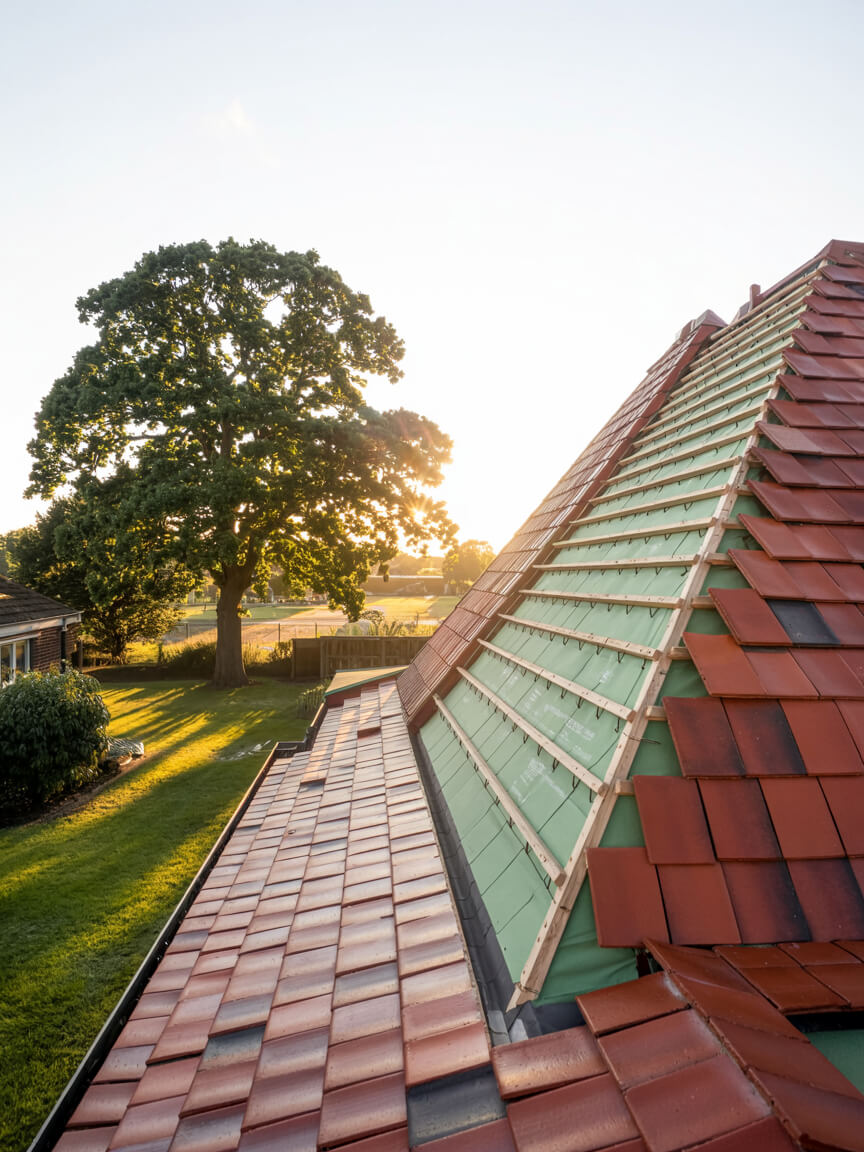
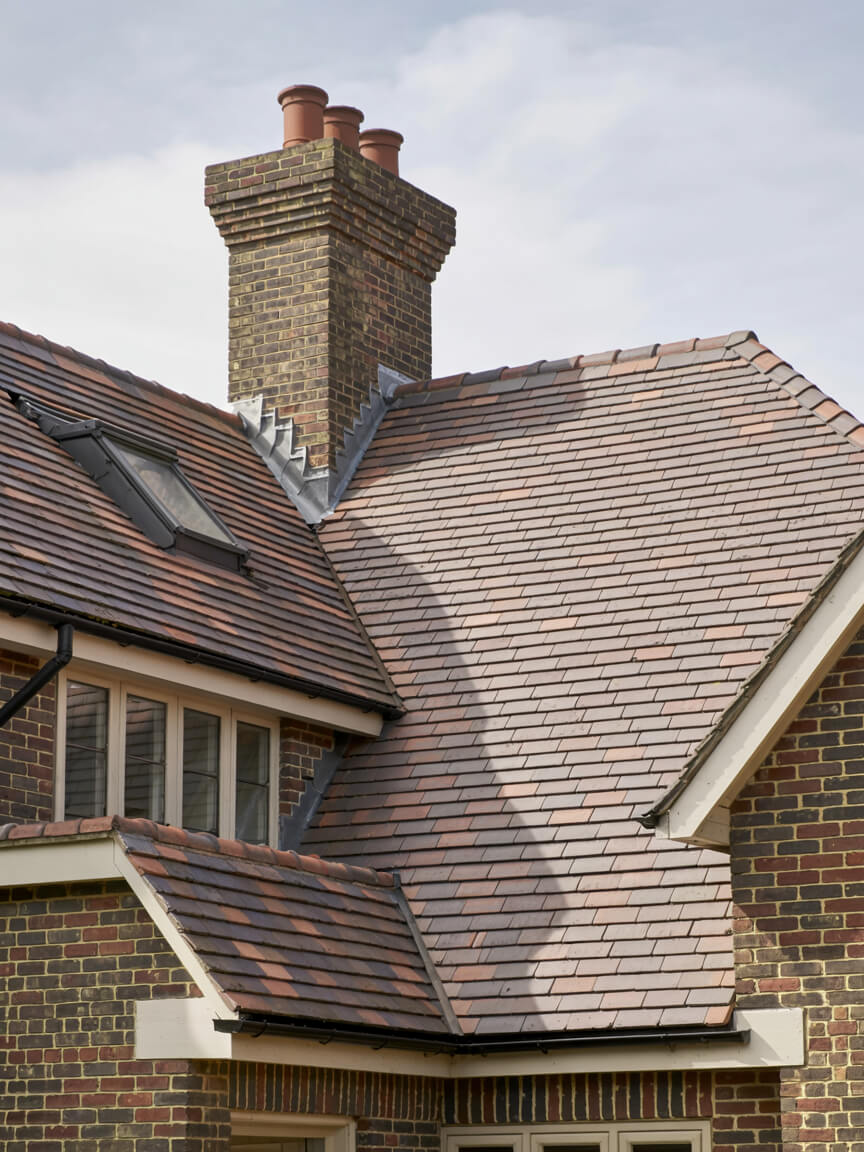
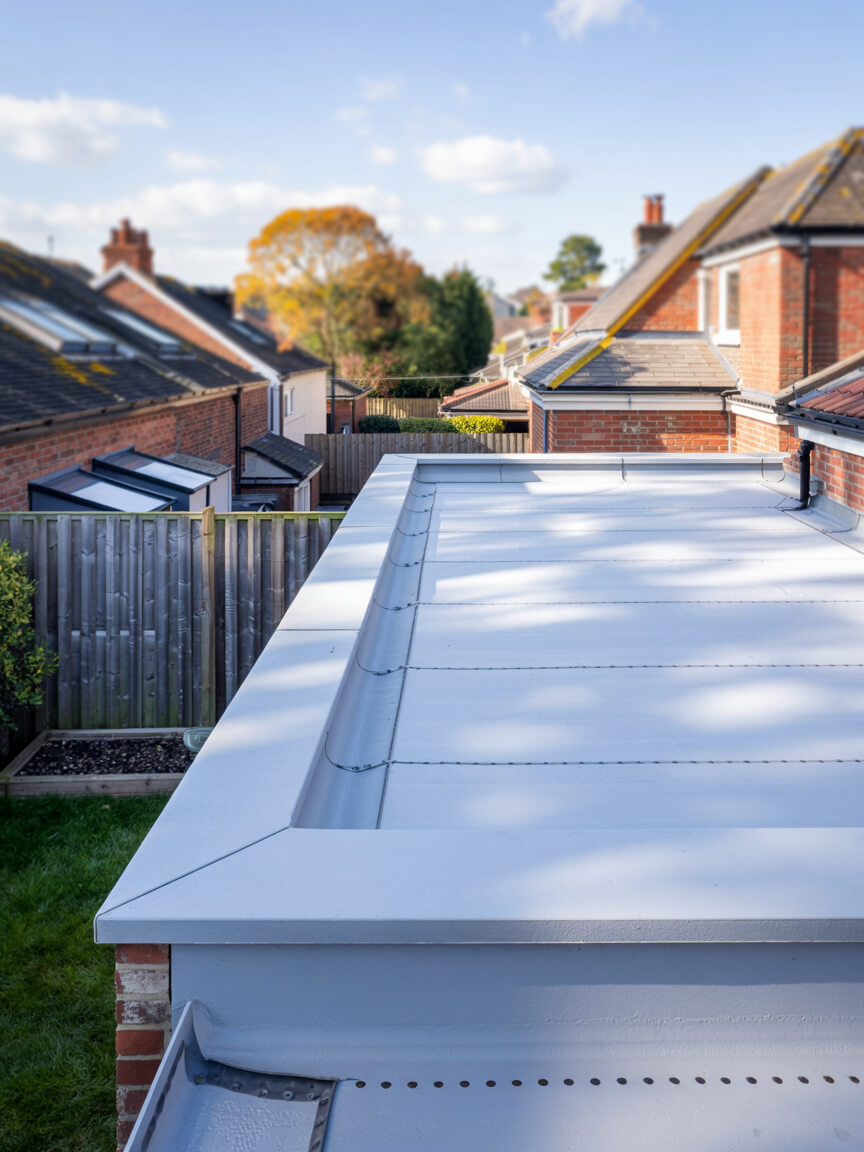
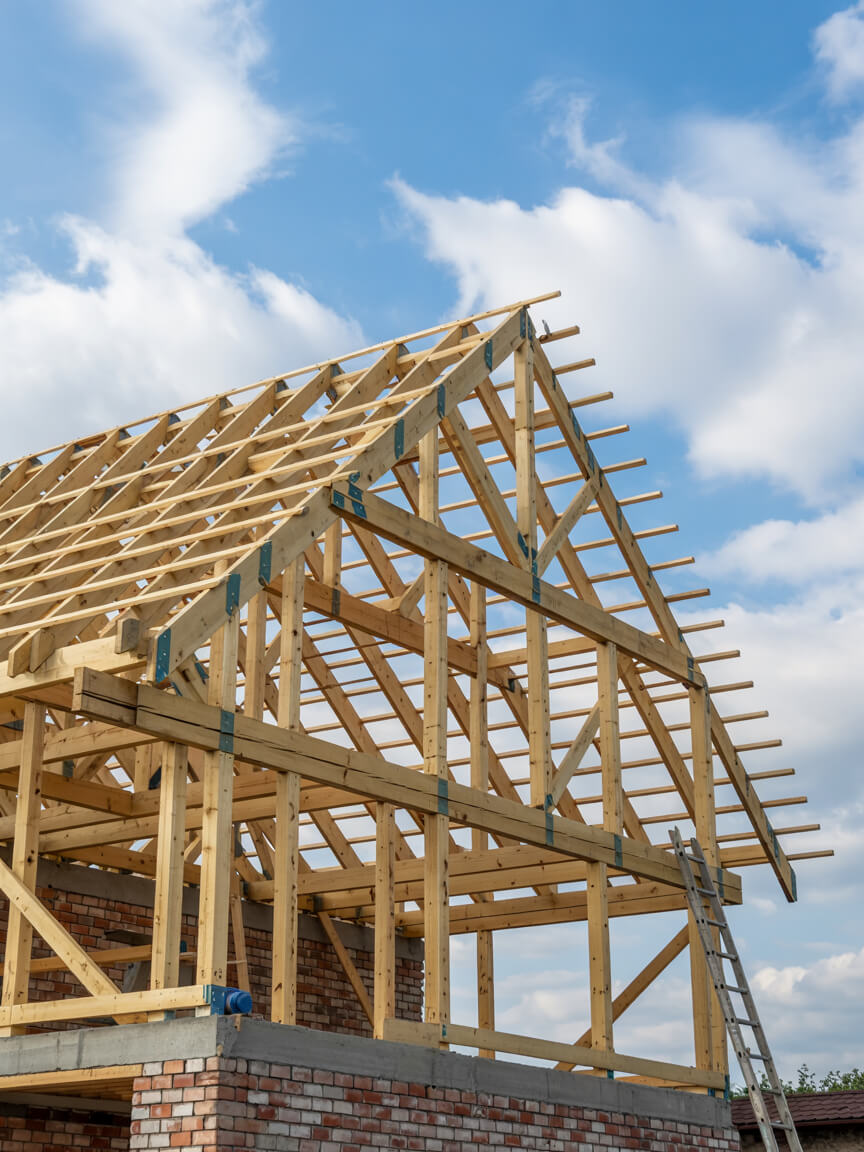
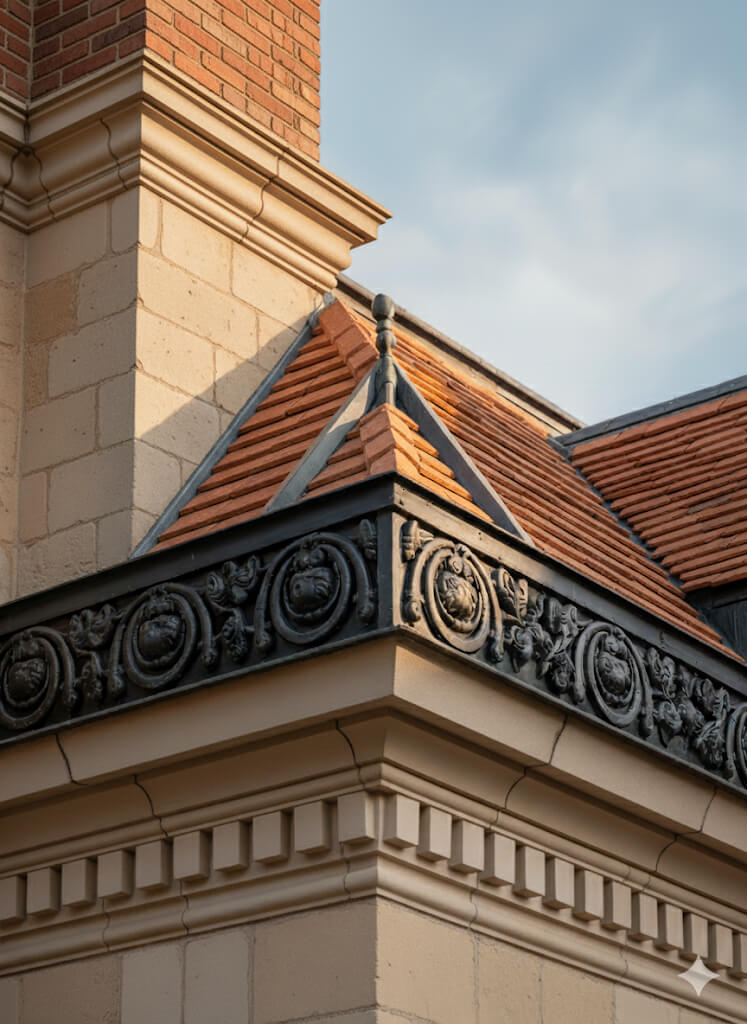
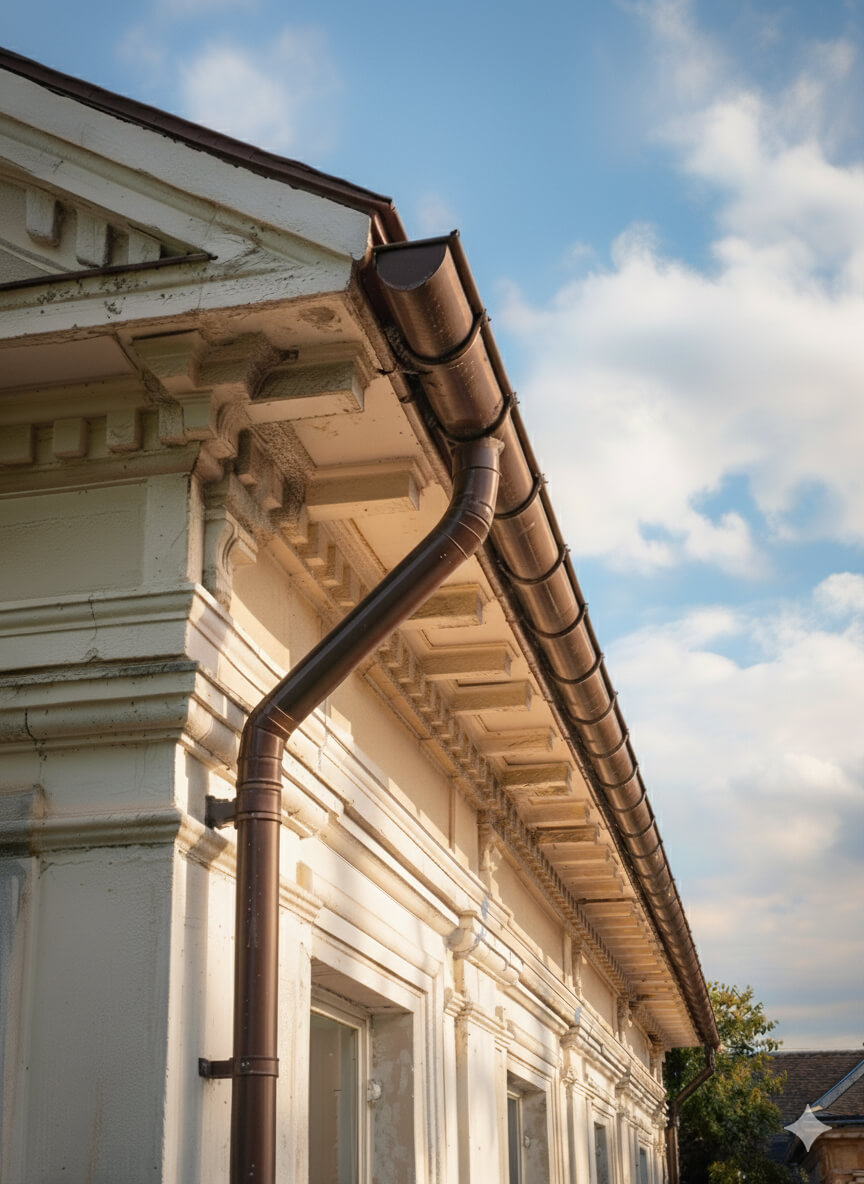

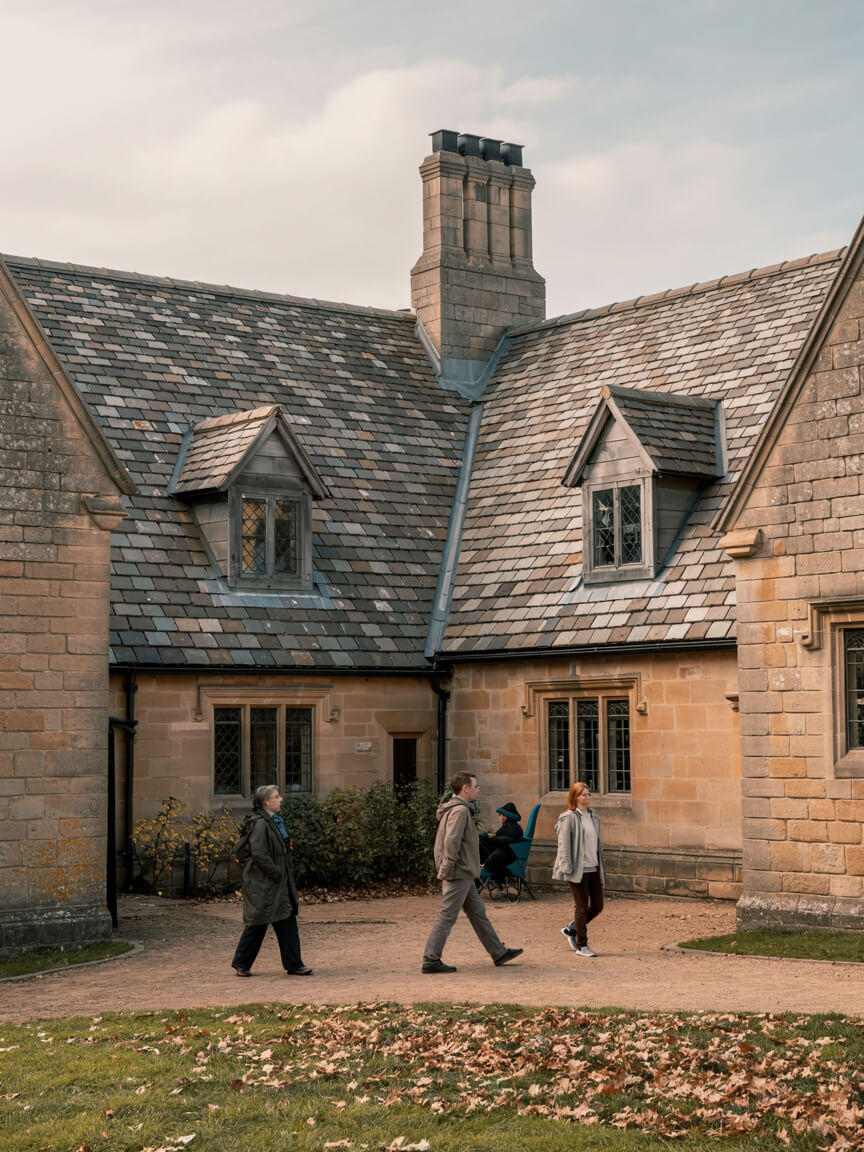
Every Roofing Services in Greater London project is adapted to property type, roof structure, and environmental demands. Tailoring ensures compliance with regulations, minimises disruption, and maximises long-term value. From homes and businesses to industrial sites and listed heritage buildings, our flexible approach guarantees roofing solutions that meet unique needs while delivering safety, efficiency, and reliability.
Homes, extensions, and listed buildings.
Offices, retail, schools, and hospitality.
Warehouses, factories, and logistics sites.
Every Roofing Services in Greater London project follows proven steps with quality materials. Whether a new installation, upgrade, or repair, each layer adds durability, safety, and efficiency—tailored to protect your property and meet regulatory standards.
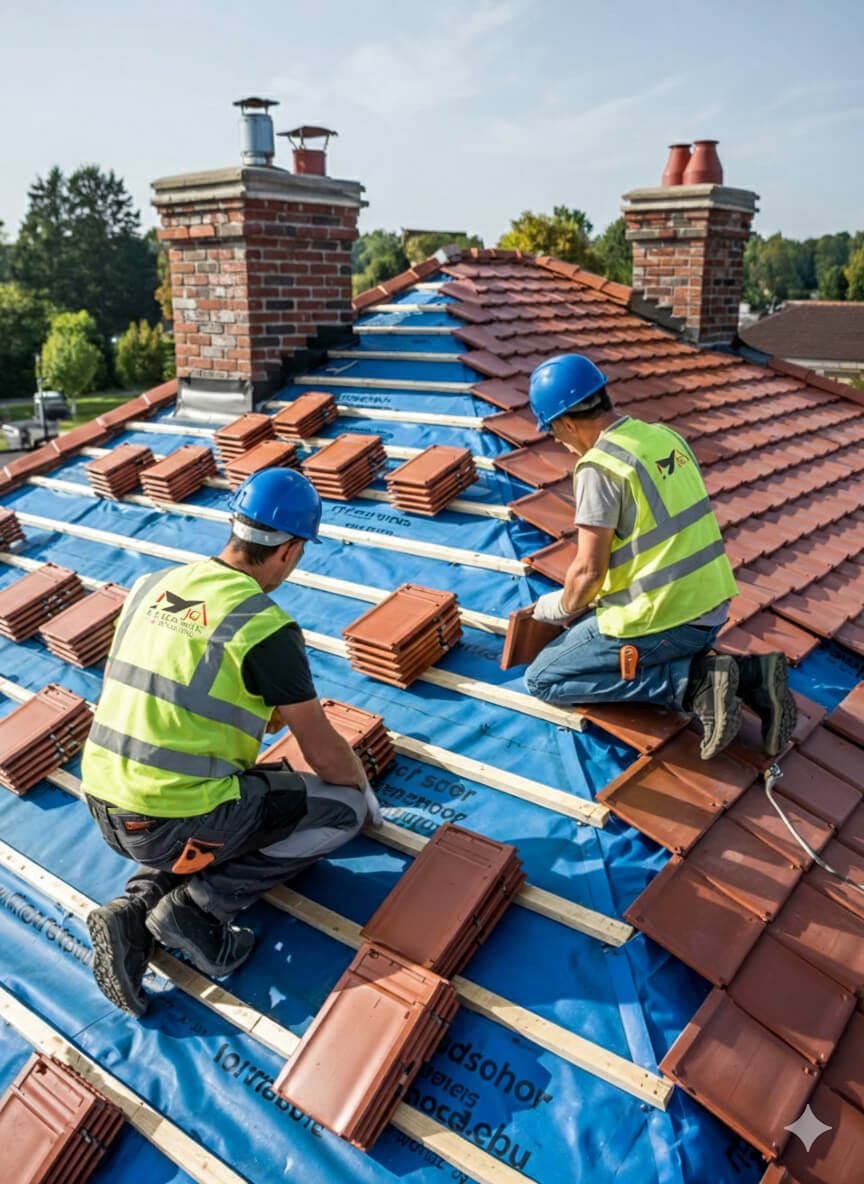
Get a free, no-obligation quote today.
Our experts are standing by to help you choose the perfect flat roofing solution.
⏱ Response within 24 hours guaranteed
Accredited by Which Trusted Trader, CITB, and approved by Kemper and Westwood, our team delivers safe, compliant, and warranty-protected Roofing Services in Greater London projects. These credentials mean guaranteed standards and long-term assurance—reinforced by the positive client reviews that consistently highlight quality, professionalism, and trust.


Complete reroofing. Living in Singapore at the time and T was super responsive and communicative.
Replacement of lead box gutter and new flashing to parapet wall. I had an excellent experience using James and the team. He was very prompt in all aspects of communication and completed a first class job. Really pleased.
James completed some repairs on our roof and replaced some of our pebble dash by the roof as well. He was very thorough and fixed everything. He kept us really informed by taking photos and showing us what he did and keeping us updated. It also went onto our neighbours roof and he did the same fo...
We had a leak in our bedroom and James fixed the roof for us to stop it from leaking. All the work came with a warranty. The work that was carried out was good. James and his team were polite, and did all the work quickly and without too much interruption to our day-to-day lives. Would recommend ...
J G Leadworks have repaired and replaced the roofs and gulleys over our warehouse and workshops which have meant both areas are now watertight
James and team were incredibly responsive to my request to look at a serious leak issue on my flat roof. They did a very thorough investigation and explained in detail the issue and gave a fair quote. They were quick to book in and complete the work and have checked in afterwards a few times to m...
James was quick to respond to the initial contact and was able to work around some time constraints I had. He explained what needed doing clearly and was happy to answer follow up questions. He took pictures to show each stage and I feel confident in the work that was done by James and the team. ...
JG Roofing were very easy to work with. Their quote was sensible and they stuck to that figure. They completed many repairs to my roof including, rebuilding a leaded gutter, reinforcing rotten rafters, rebuilding a long felted gutter and felting parapet walls, resurfacing and felting a flat roof,...
Planning and legal checks protect clients from costly errors, delays, and non-compliance, ensuring roofing projects meet regulatory and safety requirements.
Permission is typically required for listed properties, conservation areas, or major roof alterations. All projects must also satisfy Building Regulations, including Part A (structural safety) and Part L (energy efficiency), ensuring compliant and future-proofed installations.
Our team manages the full process, from initial surveys to legal guidance, preparing documentation, and liaising with local authorities where needed. Whether working on modern homes or heritage sites, we ensure every project is delivered legally, safely, and with minimal disruption—providing complete reassurance and peace of mind to property owners.

Every project unites skilled workmanship with rigorously tested materials.
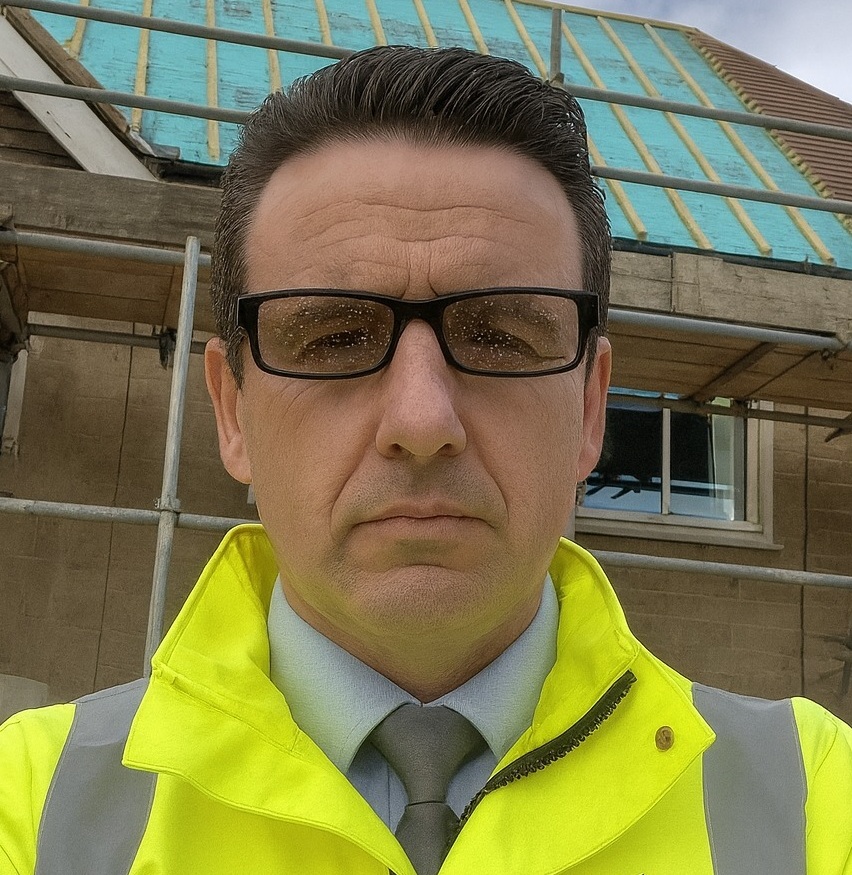
With 25 years of experience in lead sheet roofing, James is a trusted expert in heritage roofing, slate, and tiling. His knowledge of traditional methods, paired with modern compliance, makes him a go-to specialist for projects that demand both craftsmanship and durability.
Roofing Services in Greater London provides lasting protection, efficiency, and value, delivering durable, compliant roofing solutions that safeguard every type of property investment.
Selecting Roofing Services in Greater London involves balancing durability, budget, compliance, and aesthetics to secure the best-fit roofing solution for your property.
Why Clients Choose JG Leadwork and Roofing
With decades of trade experience, our teams understand the unique demands of London and Home Counties roofing. From heritage-listed properties to contemporary extensions, we adapt solutions to local regulations, weather conditions, and architectural styles with precision.
Accredited by Which Trusted Trader, CITB, and approved by Kemper, Westwood, IKO, ALM, and other leading suppliers.
These credentials guarantee safety, compliance, and access to manufacturer-backed warranties, giving clients peace of mind that their project meets the highest professional standards and benefits from warranty protection.
Our heritage projects use Welsh Slate and handmade clay tiles for authenticity, while leadwork is delivered to Lead Sheet Association (LSA) standards. Commercial installations employ Kemper and Westwood liquid systems for durability and efficiency. Each example demonstrates our reliability, blending traditional craftsmanship with modern performance.
Our workforce includes skilled roofers, heritage specialists, and safety-certified installers.
Every roofer holds NVQs, receives ongoing CPD training, and is qualified in both modern flat systems and traditional techniques, including slate and leadwork.
Team structure ensures projects run smoothly—surveyors identify needs, installers deliver with precision, and supervisors oversee compliance. This approach minimises disruption, accelerates timelines, and guarantees consistent quality across residential, commercial, and industrial roofing projects.
Every project is regulation-compliant, warranty-backed, and focused on long-term results.
Client testimonials and case studies confirm our track record, with projects praised for professionalism, durability, and customer support.
We go beyond installation with aftercare packages, maintenance support, and open communication at every stage. Property owners gain reassurance that JG Leadwork and Roofing stands behind its work. Book a free survey today and discover why homeowners, landlords, and businesses trust us with their roofing.

Get a free quote, rapid response, and expert service across London and the Home Counties. Contacting JG Leadwork and Roofing is your simple first step to dependable roofing solutions.
We source materials from leading suppliers including Supreme and IKO felt systems, Kemper, Westwood and Proteus liquid systems, Welsh Slate, handmade clay tiles, ALM Lead Mills, and Nicholson Air Track. These trusted brands guarantee durability, compliance, and warranty-backed performance across flat, pitched, heritage, and commercial roofing projects.
.
.
For homes, Roofing Services in Greater London safeguards comfort and enhances kerb appeal with durable, energy-efficient systems. Whether modern extensions or traditional pitched roofs, tailored solutions improve living standards and protect property value.
For businesses, Roofing Services in Greater London delivers cost-effective, large-scale installations with minimal disruption. Projects are planned around operations, with safety compliance, energy performance, and flexible scheduling built in—supporting offices, retail, schools, and industrial facilities with reliable, regulation-ready outcomes.
For heritage properties, Roofing Services in Greater London combines authentic materials such as Welsh slate, handmade clay tiles, and ALM lead with skilled conservation techniques. Listed building consent and conservation requirements are fully managed, ensuring traditional character is preserved while integrating modern weatherproofing. This careful balance provides long-term durability without compromising historic integrity or aesthetic value.
JG Leadwork and Roofing delivers Roofing Services in Greater London across housing, commercial, heritage, and public sectors. Every industry comes with unique requirements, from safety and compliance to efficiency and conservation. Our adaptability ensures projects are delivered with precision and professionalism—whether safeguarding homes, supporting business continuity, preserving history, or protecting critical public and healthcare facilities.
Durable roofing installed with minimal disruption, ensuring safe, regulation-compliant workspaces for staff and visitors.
High-standard, compliance-focused solutions protect community facilities while meeting strict safety and regulatory obligations.
Heavy-duty roofing tailored for wide spans, ventilation, and long-term maintenance efficiency.
Authentic materials and sensitive methods preserve historic character while adding modern protection.
Weatherproof systems that enhance kerb appeal and guarantee uninterrupted trading for outlets.
Tailored roofing improves guest comfort, safety, and ambience across hotels, restaurants, and venues.
Safe, durable systems designed for schools and universities with minimal learning disruption.
Specialist roofing solutions built for hygiene, safety, and regulatory compliance in medical environments.
Our team of NVQ-qualified roofers, LSTA-trained specialists, and health & safety-compliant professionals bring decades of combined experience. Every project is delivered with meticulous attention to detail, ensuring safe practices and consistent quality across flat, pitched, heritage, and commercial roofing disciplines.
Expertise includes heritage leadwork, slate and tile roofing, modern flat systems, and drone-assisted roof surveys. Ongoing CPD training ensures adaptability to both traditional craftsmanship and the latest innovations—giving clients confidence that every roof is built or repaired with proven skill and care.

A thorough survey highlights existing issues, structural considerations, and upgrade opportunities, ensuring the best-fit solution is identified from the very beginning.
Transparent, itemised quotes detail costs, timelines, and materials—giving you complete clarity and confidence before work starts, with no hidden surprises.
Scaffolding, access solutions, and robust safety measures are put in place to safeguard both property and people throughout the project.
Skilled roofers complete the work using accredited materials and proven techniques, delivering durable, compliant results while keeping disruption to a minimum—whether for repairs, replacements, or new installations.
Each stage is inspected against manufacturer standards and Building Regulations, with photographic documentation provided for transparency and peace of mind.
Each stage is inspected against manufacturer standards and Building Regulations, with photographic documentation provided for transparency and peace of mind.
In a competitive roofing market, many providers look the same on paper. JG Leadwork and Roofing stands out through proven expertise, accredited methods, and specialist techniques. Our combination of traditional craftsmanship and modern technology makes us the safer, smarter choice across residential, commercial, industrial, and heritage projects.
In a competitive roofing market, many providers look the same on paper. JG Leadwork and Roofing stands out through proven expertise, accredited methods, and specialist techniques. Our combination of traditional craftsmanship and modern technology makes us the safer, smarter choice across residential, commercial, industrial, and heritage projects.

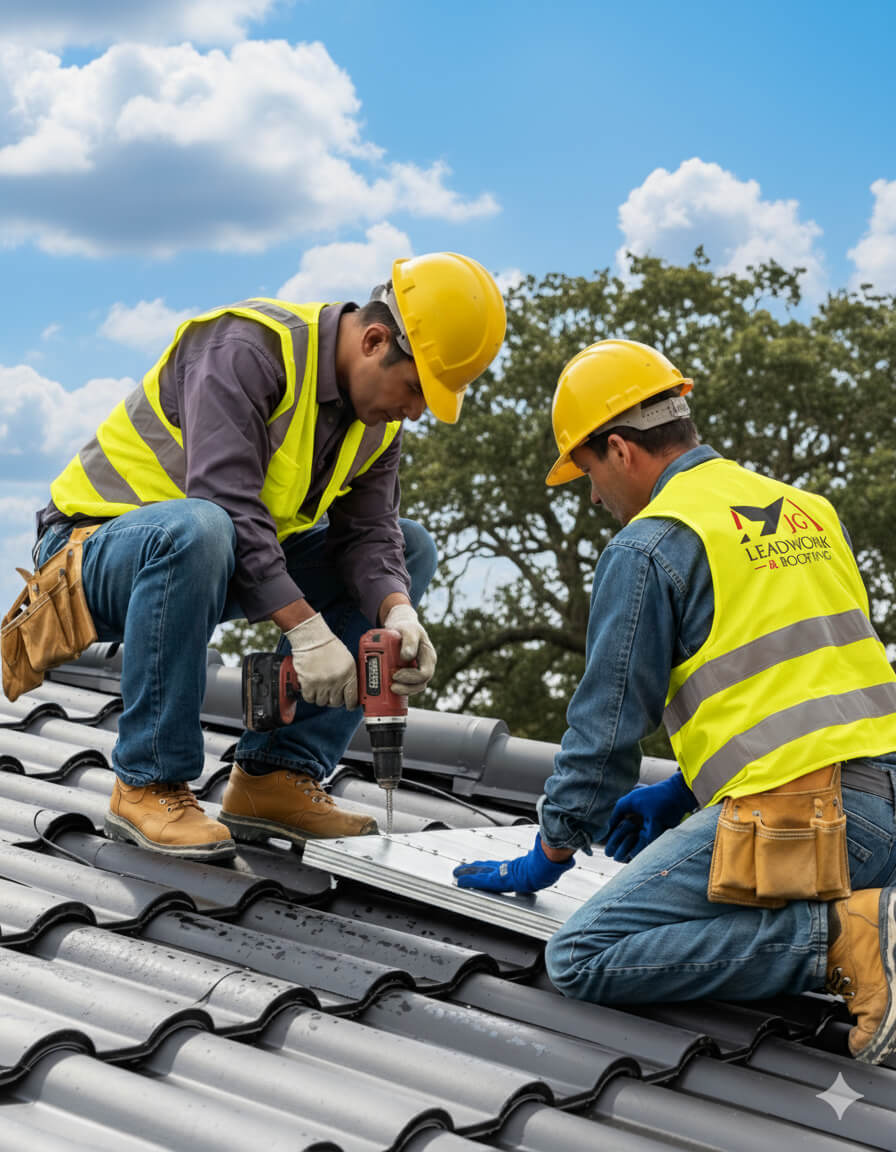
At JG Leadwork and Roofing, every project follows a structured QA process. Each stage—materials, installation, safety, and final sign-off—is measured against manufacturer specifications and UK Building Regulations to ensure durability, compliance, and warranty-backed performance across all roofing services.
Projects are only signed off once all QA checks are complete, giving clients confidence in long-term performance, structural safety, and insurance-backed peace of mind.
Every Roofing Services in Greater London project by JG Leadwork and Roofing is delivered in strict alignment with UK Building Regulations and recognised frameworks. This ensures structural safety, energy efficiency, durability, and protects warranties and insurance coverage across residential, commercial, industrial, and heritage properties.
Clients can be confident their project is completed legally, safely, and insurance-ready—delivering long-term performance, compliance assurance, and complete peace of mind.
Property owners often wonder about Roofing Services in Greater London—from costs and timescales to permissions. Below, you’ll find straightforward, trustworthy answers to the most frequent and practical queries.
Roof leaks following heavy rainfall are a frequent concern for property owners in Greater London, leading to interior damage, escalating repair costs, and insurance complications. Understanding the main causes allows early detection of warning signs and helps you make informed maintenance decisions before issues lead to structural decay or disruption. Here’s a breakdown of common mechanisms behind post-rain roof leaks, practical symptoms to spot, and the risks for your property.
Many leaks originate when the roof’s primary water barrier—such as the waterproof membrane for flat roofs or the underlay for pitched roofs—begins to deteriorate. Years of UV exposure, cycles of wet and dry weather, and temperature shifts reduce the integrity of these materials. This can result in cracks, splits, or small holes that allow water to penetrate beneath the roof surface.
Symptom pathway:
Risk if ignored:
If left untreated, water will infiltrate insulation or timber structures, leading to wood rot in joists or rafters. Persistent moisture also encourages mould, which can affect both the building’s integrity and occupant health.
Flashing—thin strips of metal or flexible material—seals the edges and joints around chimneys, vents, and abutments. In the UK, lead flashing is common, but even this can degrade due to poor installation, ongoing movement from temperature fluctuations, or simple ageing. Capillary action (when water travels along the underside of a surface) means even minor gaps in flashing let rainwater bypass the roof’s defences.
How to spot it:
Risk if ignored:
Water leaking through failed flashing can damage hidden roofing layers, cavity walls, or timber. This accelerates brickwork decay, weakens lime mortar in older buildings, and can saturate insulation, reducing its effectiveness.
Flat roofs are particularly vulnerable to ponding—standing water that remains when drainage is poor. UK guidance recommends a minimum slope of 1:80, but in real conditions, settlement or installation errors can lead to shallow dips where water pools for more than 48 hours after rain. Repeated freeze–thaw cycles—with pooled water freezing and expanding—can split seams and surface materials over time.
At the same time, poor ventilation or inadequate insulation creates a risk of condensation forming between warm indoor air and cold roof surfaces (interstitial condensation). UK Building Regulations Part L mandate thermal performance and moisture controls to reduce this risk.
Inspection cues:
A reliable diagnosis uses both visual and specialist tools:
| Cause | Typical Symptom | Risk if Ignored | Indicative Remedy |
|---|---|---|---|
| Membrane/felt deterioration | Ceiling damp, soft patches | Timber rot, mould | Renew waterproofing strata |
| Flashing defect | Wall streaks, damp corners | Felt/wall decay | Replace or reseal flashing |
| Ponding/insufficient slope | Persistent roof water pools | Seam failure, blistering | Regrade surface, improve drainage |
| Ventilation/insulation gap | Musty loft, condensation | Rot, insulation failure | Upgrade vents and insulation |
Every cause is linked to clear real-world symptoms, helping property owners and managers direct maintenance investments to preserve roof integrity and asset value across residential and commercial settings.
The price you pay for a slate or tile roof in Greater London is shaped by more than just the basic material cost. Both options involve unique installation needs, regulatory hurdles, durability considerations, and the practical realities of working on London properties. Understanding these factors is crucial for budgeting accurately, staying compliant with UK building rules, and making a smart long-term investment in your property. Here’s a clear breakdown of the most important decisions affecting costs and choices between slate and tile roofs within the London context.
Slate and tile roofing each bring their own installation challenges, which directly alter the final labour cost and project duration.
Choice of covering affects not only upfront expense but also future repairs, insulation needs, and roof longevity.
Greater London imposes unique pressures—from higher prices to tough planning requirements and heritage rules.
Comparing slate and tile isn’t just about today’s price tag—It’s about the full ownership picture. Consider this side-by-side snapshot for a standard London instal (2024 indicative values):
| Factor | Tile Roof (Clay/Concrete) | Natural Slate Roof | Why It Matters |
|---|---|---|---|
| **Material cost/m² (ex VAT)** | £35–£60 | £70–£120 | Slate can double raw material cost |
| **Installed lifespan (years)** | 40–80 | 80–100+ | Slate lasts decades longer |
| **Labour demand** | Moderate | High | Slate takes longer, needs experts |
| **Regulatory approval (heritage)** | Sometimes | Often | Conservation may force natural slate |
| **Insulation upgrade likely** | Possible | Possible | Part L upgrades apply in both cases |
| **Maintenance** | Low–moderate | Low | Slate often resists moss and decay best |
In summary:
The time required to instal a roof in Greater London varies widely, but most residential pitched roofs are completed within 5 to 10 working days if no significant complications arise. More straightforward flat roofs can often be finished in 2 to 5 days. For larger properties, heritage projects, or sites with unusual access constraints, the process may extend to several weeks. Planning permissions, weather conditions, and the potential discovery of hidden structural issues all affect duration. This knowledge matters for homeowners, landlords, facility managers, and heritage custodians managing budget forecasts, minimising disruption, and safeguarding building integrity.
Even a single day of rain can push your project back several days—timing and preparation are everything.
The roof installation sequence follows clearly defined stages that affect overall duration:
Additional time is sometimes required for heritage materials, custom leadwork, or regulatory approvals. Weather can also cause unexpected stoppages, especially in London’s wetter seasons.
The following site and environmental factors can cause installation timelines to contract or expand:
Seasonal factors, like shorter daylight in winter, mean summer installations often wrap up more swiftly.
Looking after a new roof requires simple, regular tasks that pay off by avoiding surprise defects:
Without regular upkeep, minor issues can grow—sometimes voiding warranty cover or inflating future repair costs.
Material choice influences lifespan, inspection intervals, and maintenance needs, as shown below:
| Material | Typical Lifespan | Inspection Frequency | Maintenance Needs |
|---|---|---|---|
| Slate | 80–100 years | Every 5 years | Replace slipped/broken slates |
| Clay/Concrete Tile | 50–70 years | Every 3–5 years | Clear moss, replace cracked tiles |
| Felt (Torch-On) | 10–20 years | Every 2 years | Patch splits, reseal laps |
| GRP/Liquid | 25–40 years | Every 3 years | Recoat as needed, check joints |
| EPDM Rubber | 25–40 years | Every 2–3 years | Clean surface, reseal perimeter edges |
Correct installation and routine care help roofs reach these upper limits. Damage from freeze–thaw cycles (the expansion and contraction as temperatures rise and fall) or faulty thermal expansion joints (purpose-built gaps for material movement) can shorten practical lifespans, while Greater London’s damp climate makes scheduled checks and fast repairs especially worthwhile.
When investing in roof repair or replacement in Greater London, the main differentiators are cost transparency, reliable long-term protection, and trust in the expertise behind the installation. A well-structured warranty and a proven, accredited installer do more than satisfy a legal formality—they help shield homeowners, landlords, and businesses from unforeseen expenses and future liabilities. In a region shaped by challenging weather, ageing properties, and stringent planning rules, reliable costs and strong guarantees are the foundation of lasting value.
Several variables drive final roofing costs. Labour rates in London are typically higher than in many UK regions, often reflecting advanced training and a commitment to regulatory compliance.
| Service Type | Typical Range (UK) | Key Influences |
|---|---|---|
| Roof Repair | £250 – £1,200 | **Extent of damage**, property access, material type |
| Roof Replacement | £5,000 – £15,000+ | **Roof size**, structural changes, insulation upgrades, choice of finish |
Roof repairs usually address isolated faults, such as tile replacement, minor leaks, or localised issues on flat roofs. Replacements may include full strip-out, decking renewal, new insulation, and a complete finish upgrade—especially when seeking Part L compliance for energy performance. The final figure depends on material choices (like slate, clay tiles, EPDM, or torch-on felt) and roof complexity, with multi-storey or heritage properties incurring greater costs, particularly when scaffolding is required.
An insurance-backed warranty is more than a piece of paper—it’s a 10–20 year financial shield that typically covers workmanship and material failures. In UK roofing, this means if the original installer goes out of business, an insurer is legally obliged to honour the guarantee and pay for repairs or replacement within agreed terms. Common coverage includes membrane failure, structural defects, and certain accessories such as flashing or guttering, but rarely accidental or direct storm damage.
These warranties are sometimes required for insurance, mortgage purposes, or property resale. Part L compliance mandates records of high-grade insulation and robust weatherproofing. Documentation of these factors can prevent sales falling through and adds confidence for buyers and lenders that your roof won’t trigger last-minute negotiations.
Selecting an accredited installer is fundamental for minimising risk. Essential qualifications and credentials include:
These recognitions confirm technical competence, safe working practices, and up-to-date knowledge of regulations like BS5534. Most manufacturer warranties on specialist tiles or membranes also require work to be completed by recognised professionals—unqualified installation can void these protections and make legal recourse more difficult if defects appear, leaving you exposed.
Attempting to reduce outlay by cutting corners in roofing nearly always backfires. Typical shortcuts—such as overlaying new materials on rotted decking, omitting adequate ventilation, skipping essential insulation upgrades, or using non-compliant materials—often result in:
Choosing non-accredited installers or avoiding essential paperwork may offer modest upfront savings, but usually triggers substantial costs to rectify defects, forfeited warranty protection, and serious issues if you attempt to insure or sell your property. In Greater London’s complex market, robust guarantees and credentials aren’t merely optional—they are vital financial safeguards that protect your asset, your budget, and your long-term peace of mind.